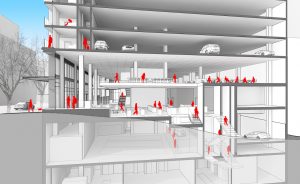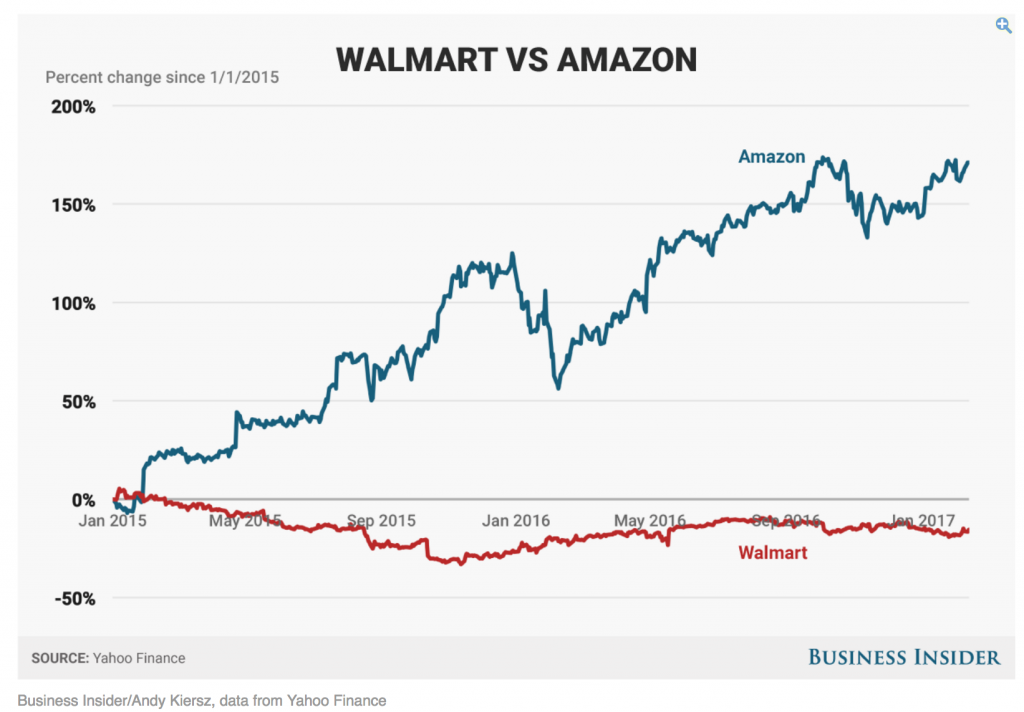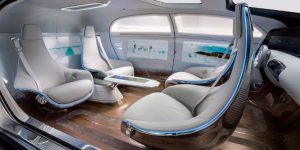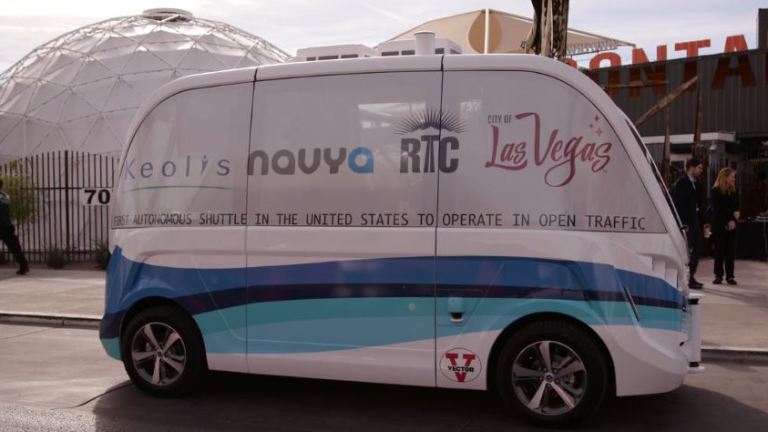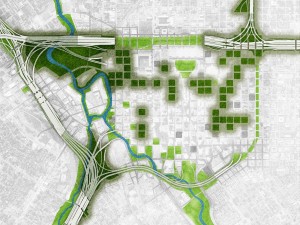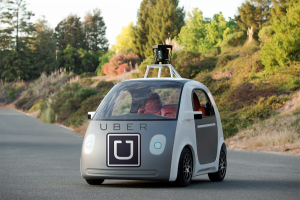A recent report by RAND Europe takes a closer look at potential scenarios of technology innovation and the impacts on cities and design.
The scenarios touch on several areas of interest: autonomous vehicles, next-generation connectivity, user apps and Big Data, advanced manufacturing, Internet of Things, and sensors in infrastructure.
The authors look at three scenarios and depict what the future might look like:
- Driving Ahead: AVs and shared vehicles lead to a growth in vehicle travel and congestion.
- Live Local: Digital substitution for travel and environmental concerns limit the adoption of AVs, while road pricing is sophisticated, leading to lower per capita travel.
- Digital Divide: Inequality leads to varying rates of adoption of technology; businesses move away from central London, and a peer-to-peer and sharing-based economy emerges.
Focusing on London, this thorough report goes on to look at barriers and enablers for adopting key technology, focusing on legal and regulatory frameworks. The authors offer a strategic roadmap of policy and innovation investment.
Focusing on these nuanced details is important. As the authors point out, these technologies will change transportation, travel, and lifestyles, and we need a vision in order to prepare for it.
Read the full report: http://www.rand.org/pubs/research_reports/RR1377.html and a summary from Mobility Lab: https://mobilitylab.org/2017/03/22/report-envisions-possible-paths-transportation-technologies-20-years/.


